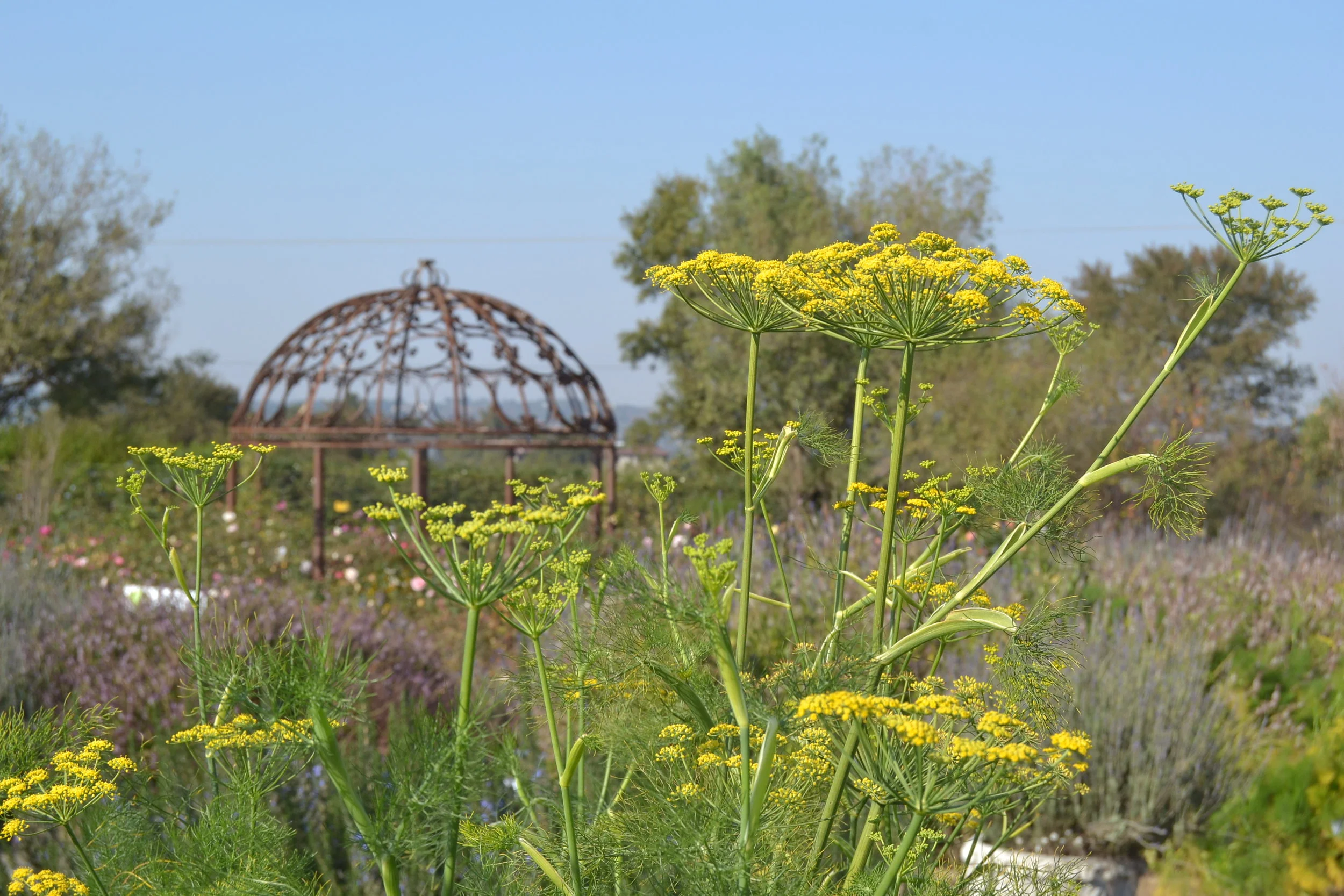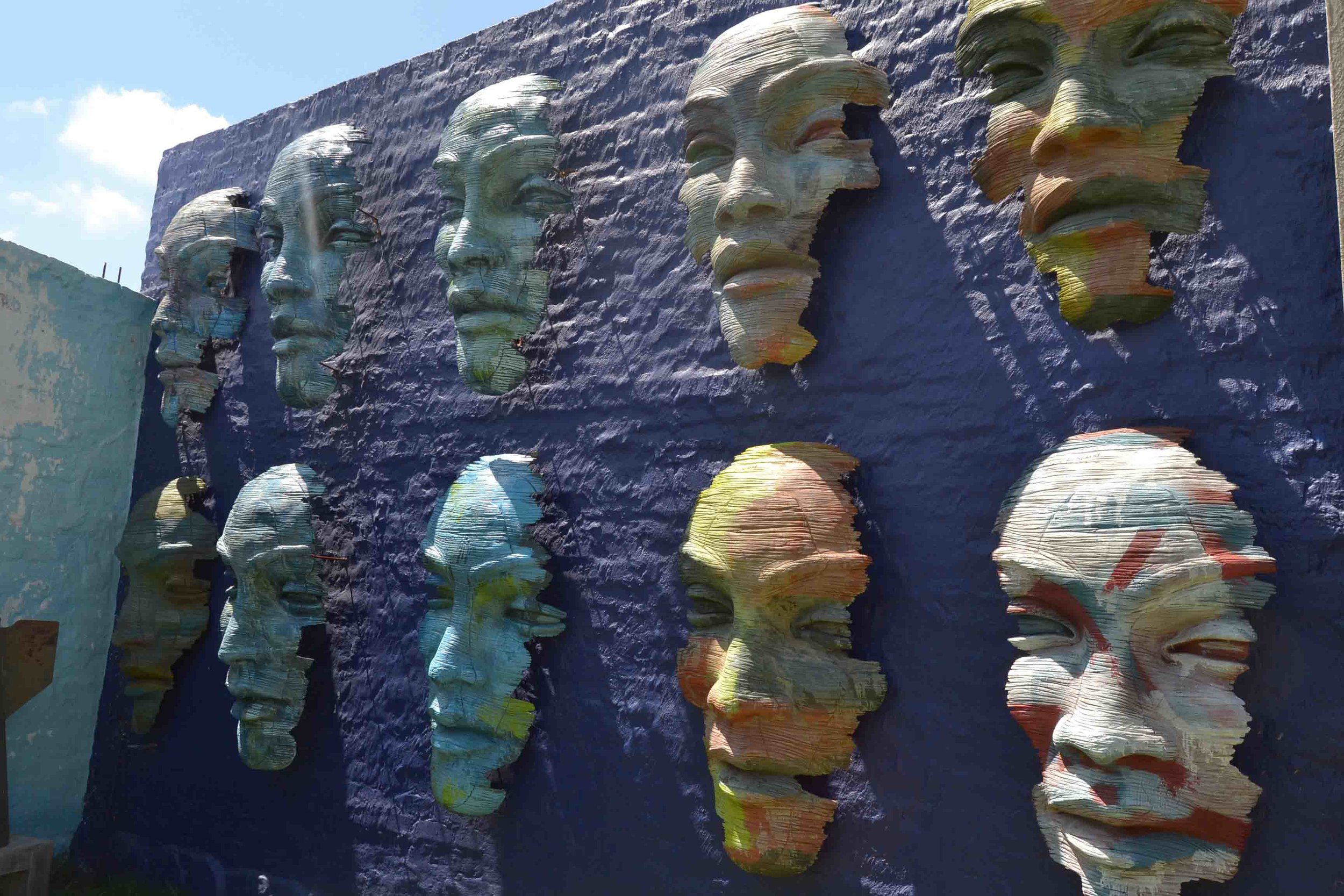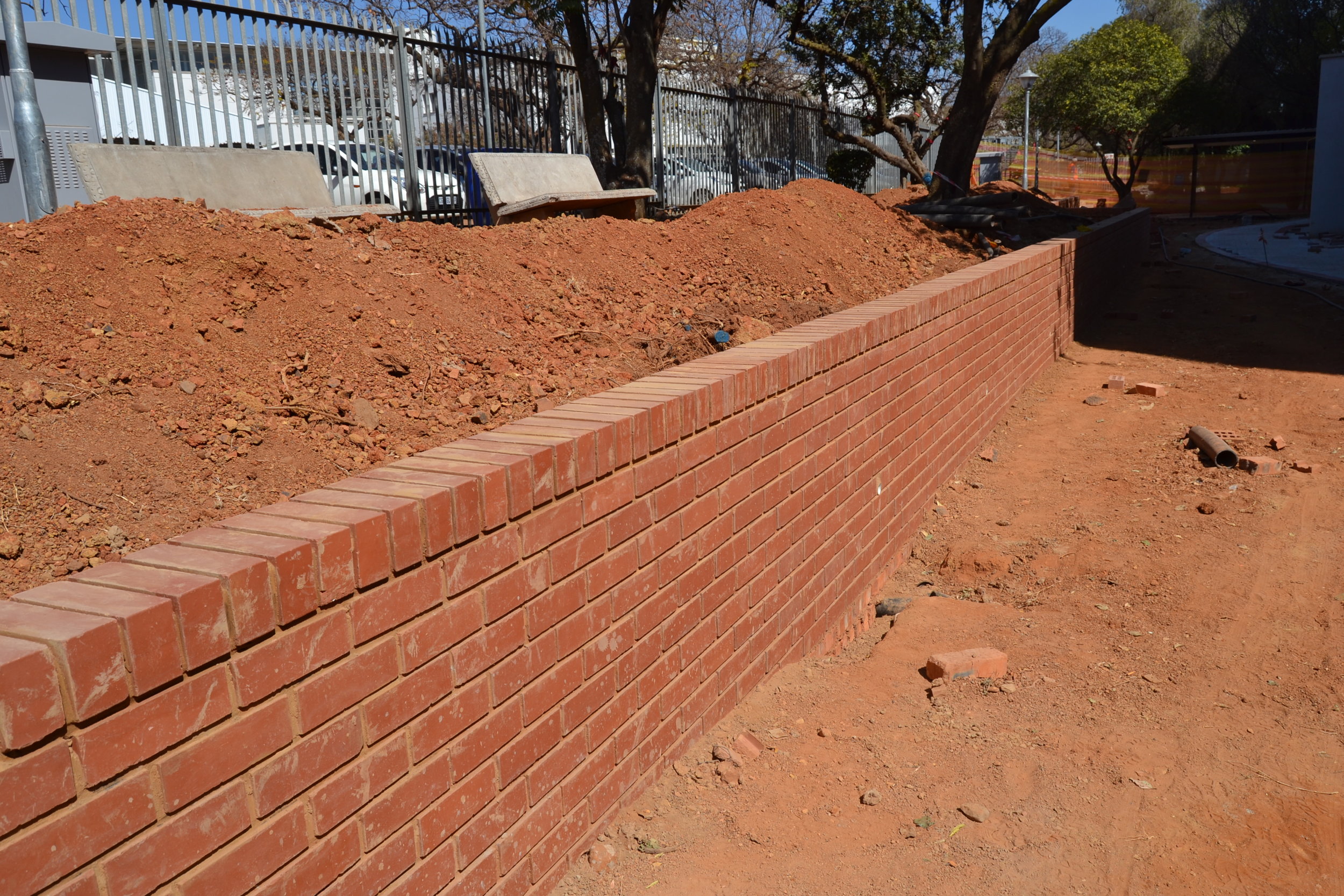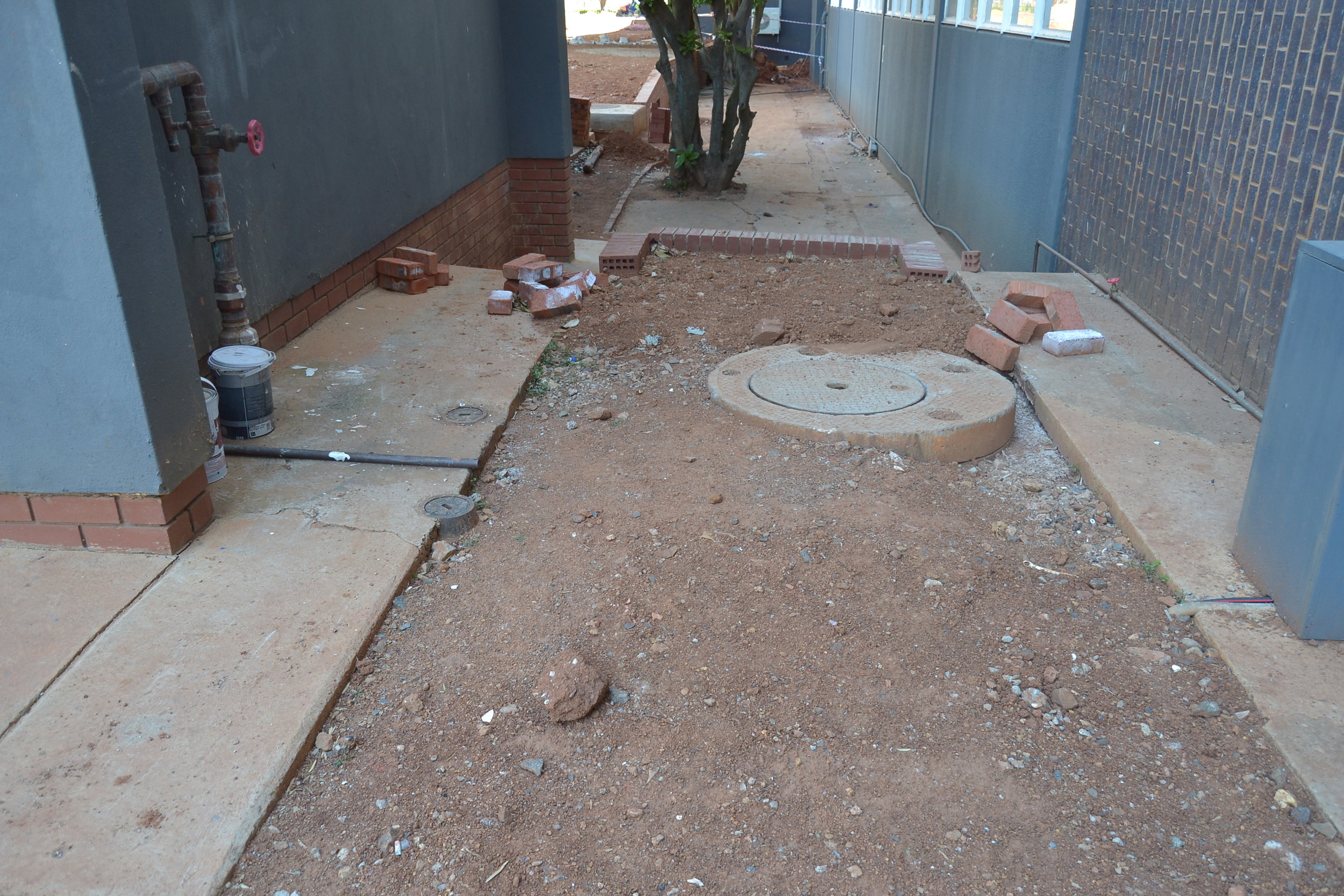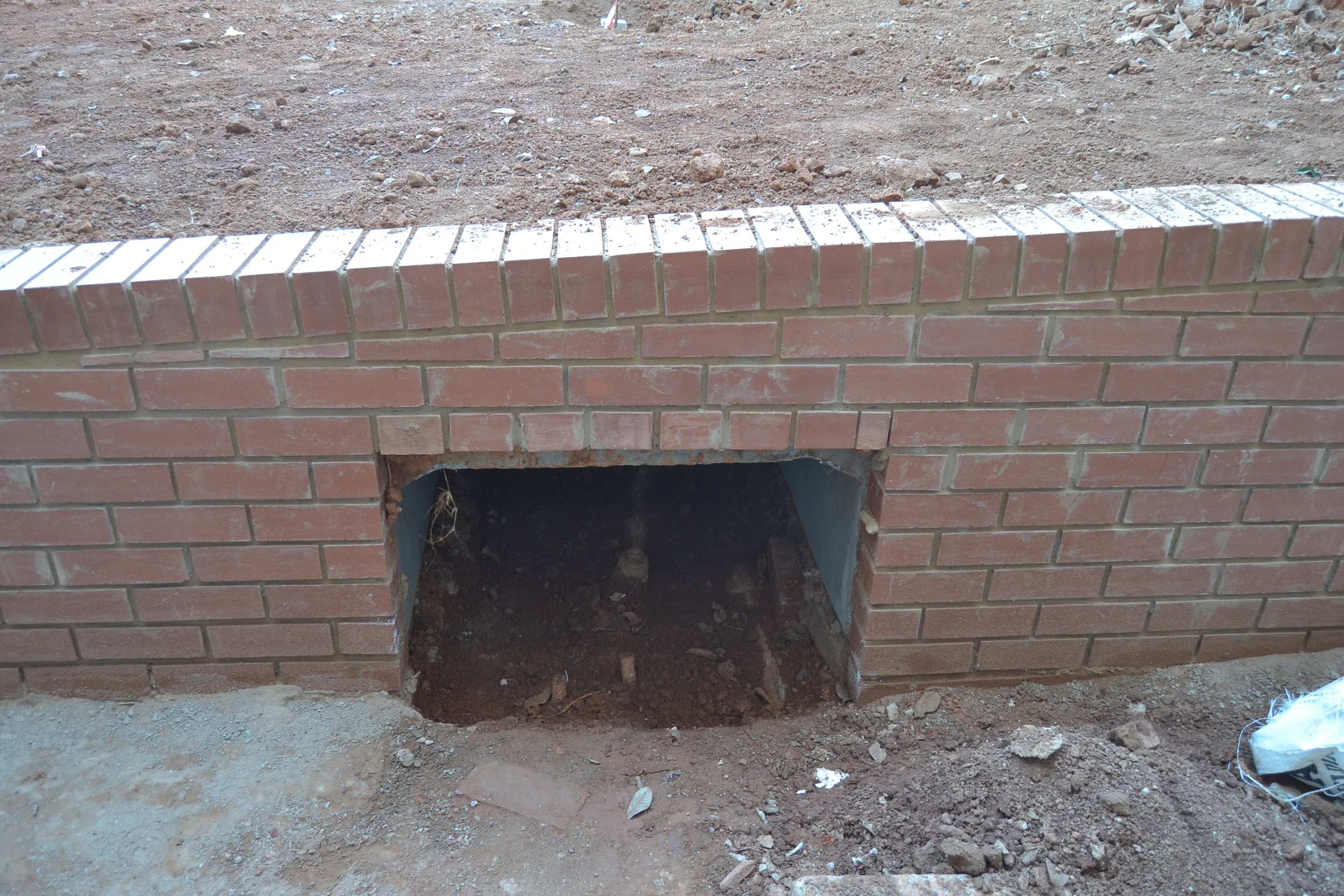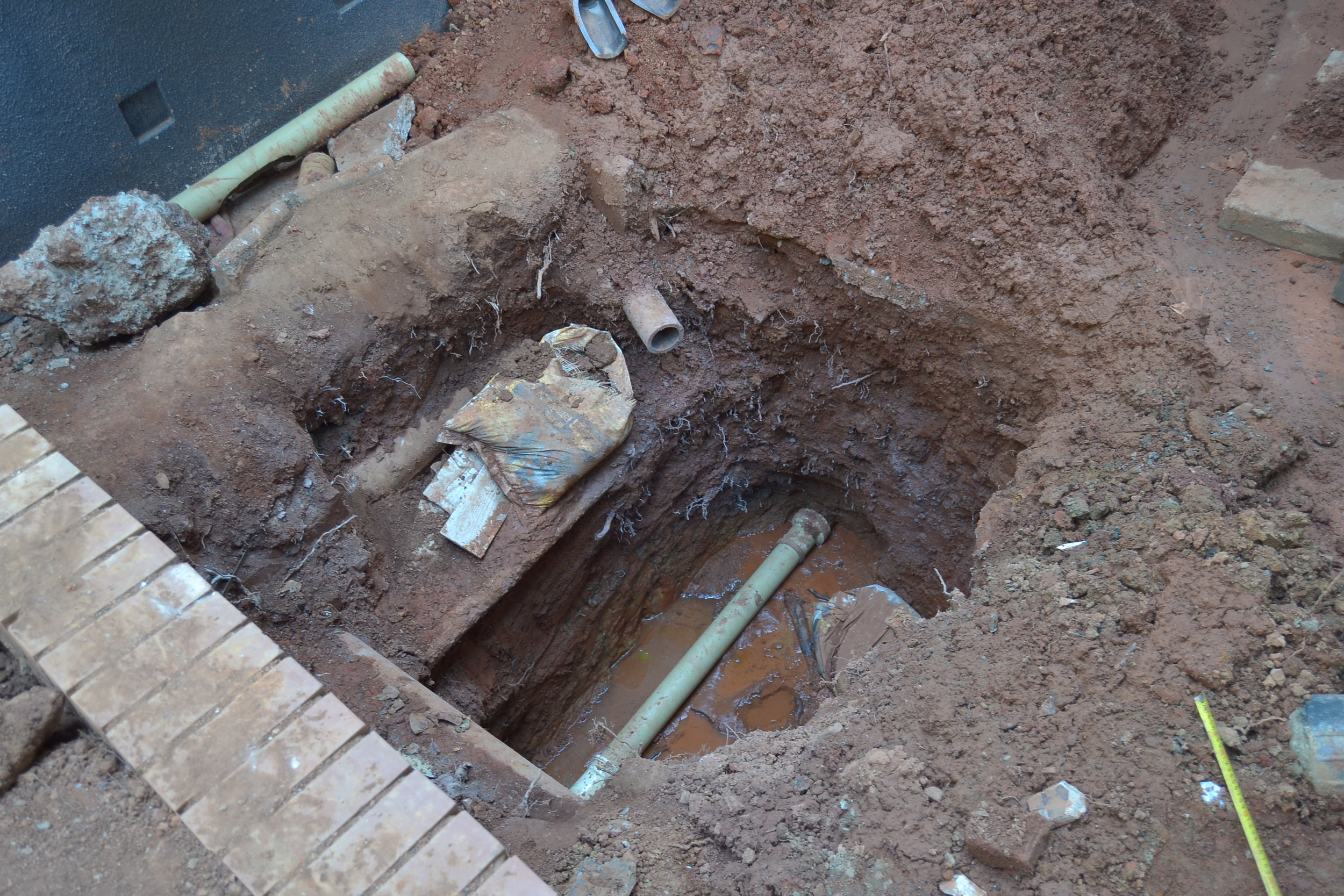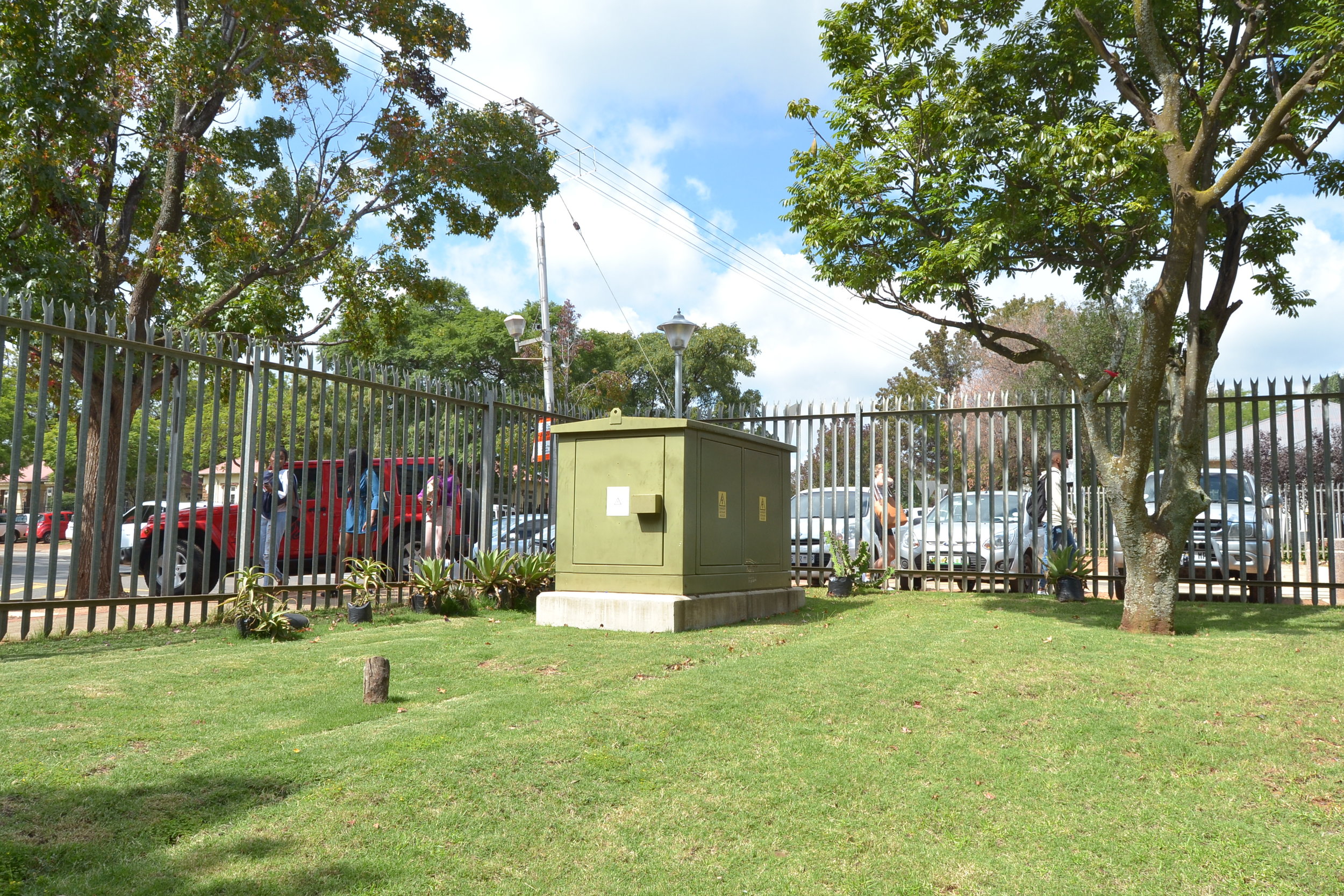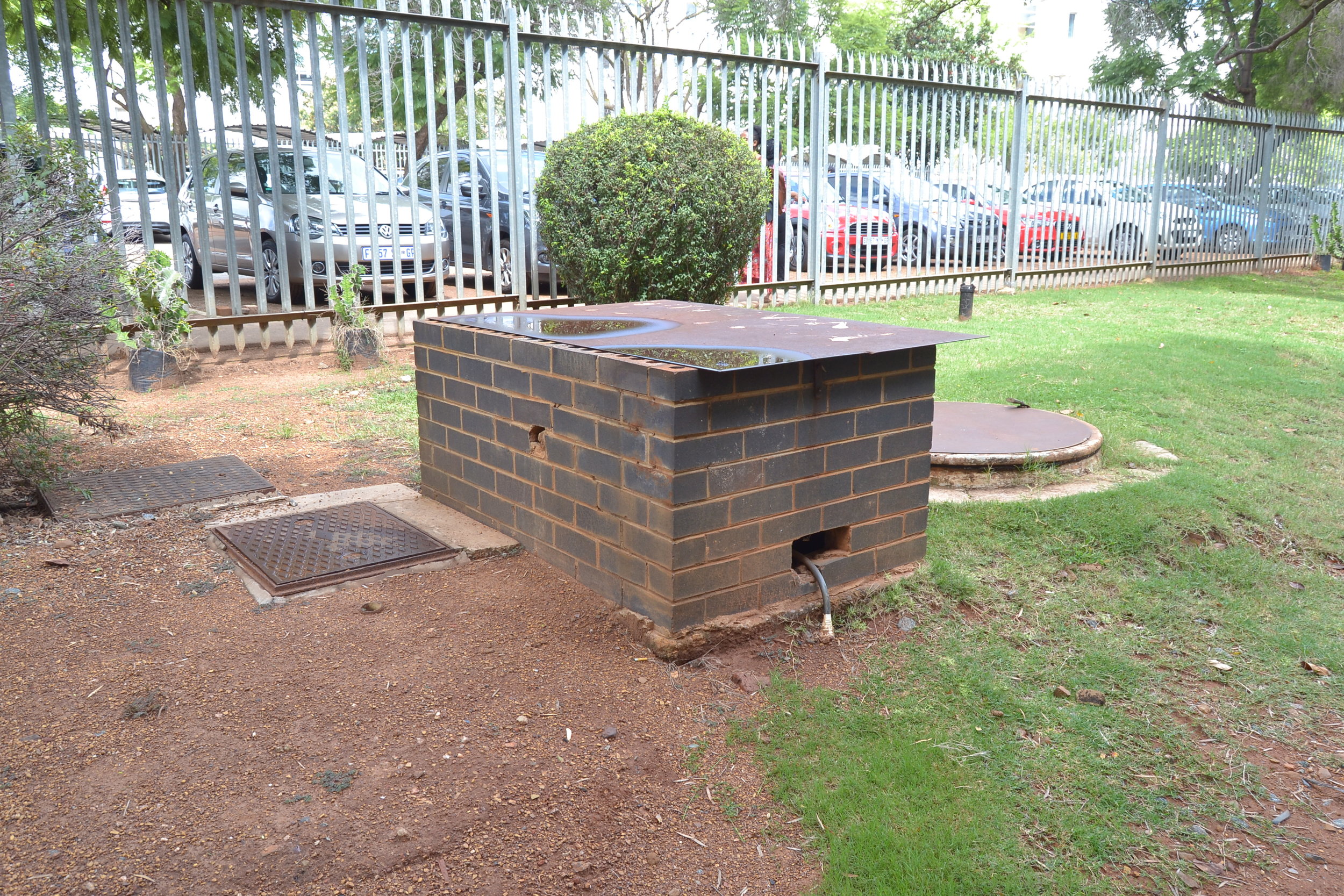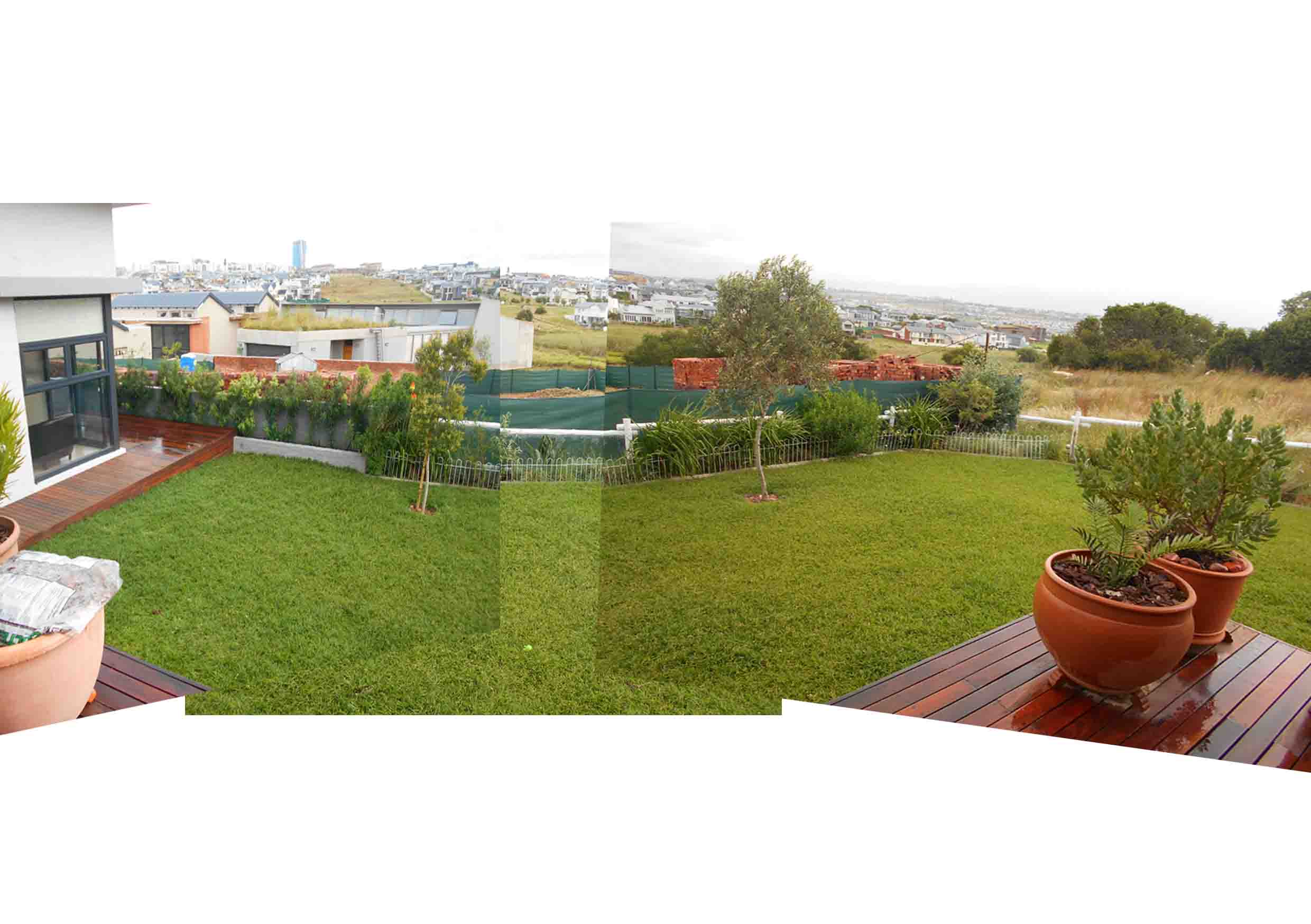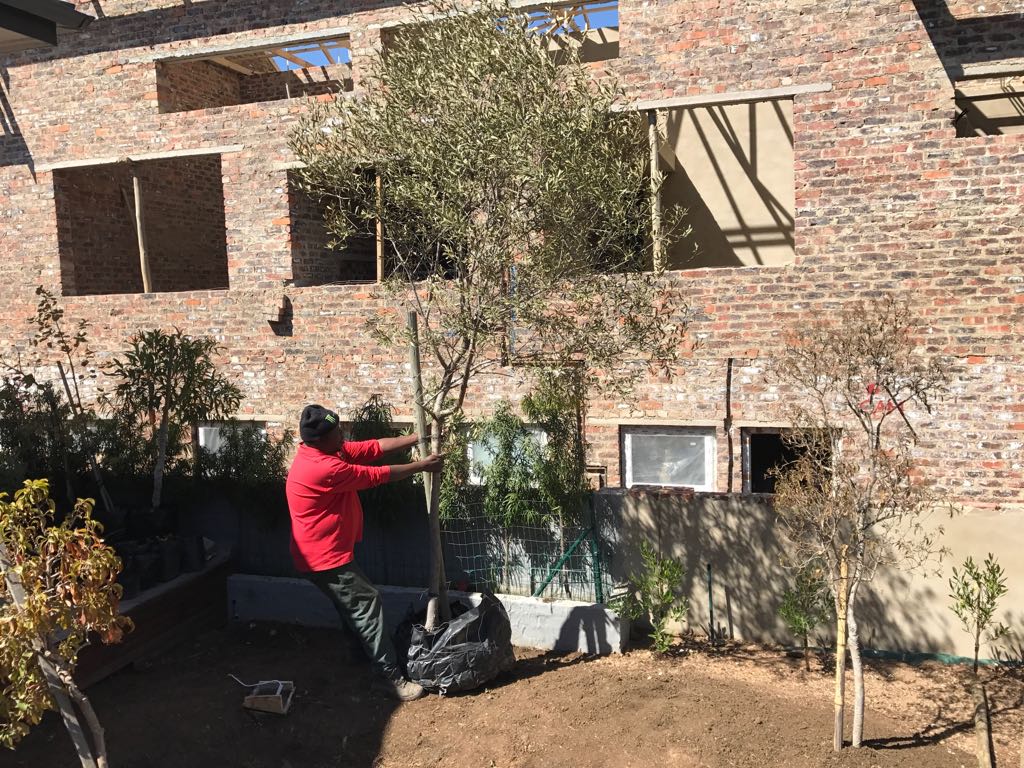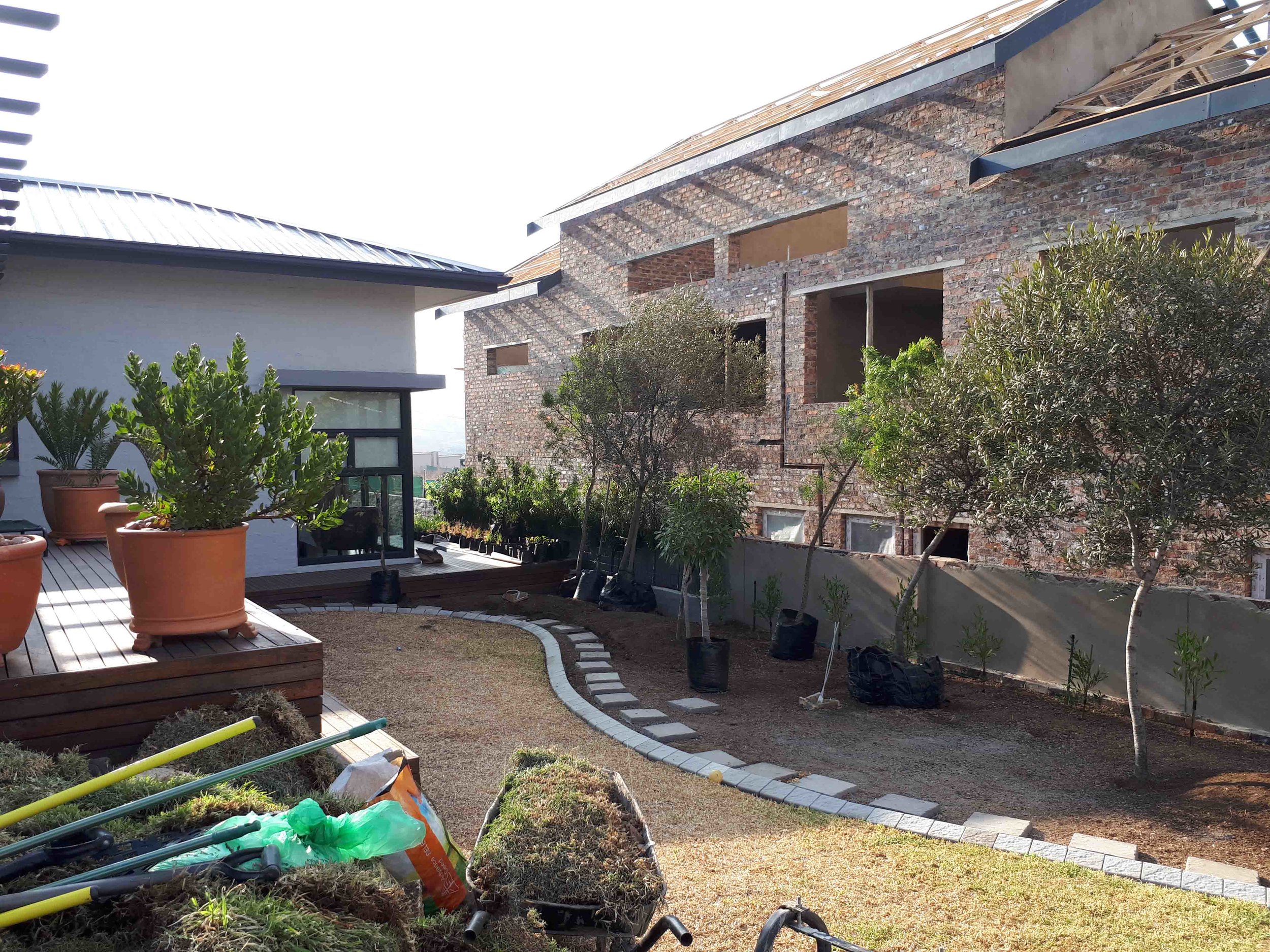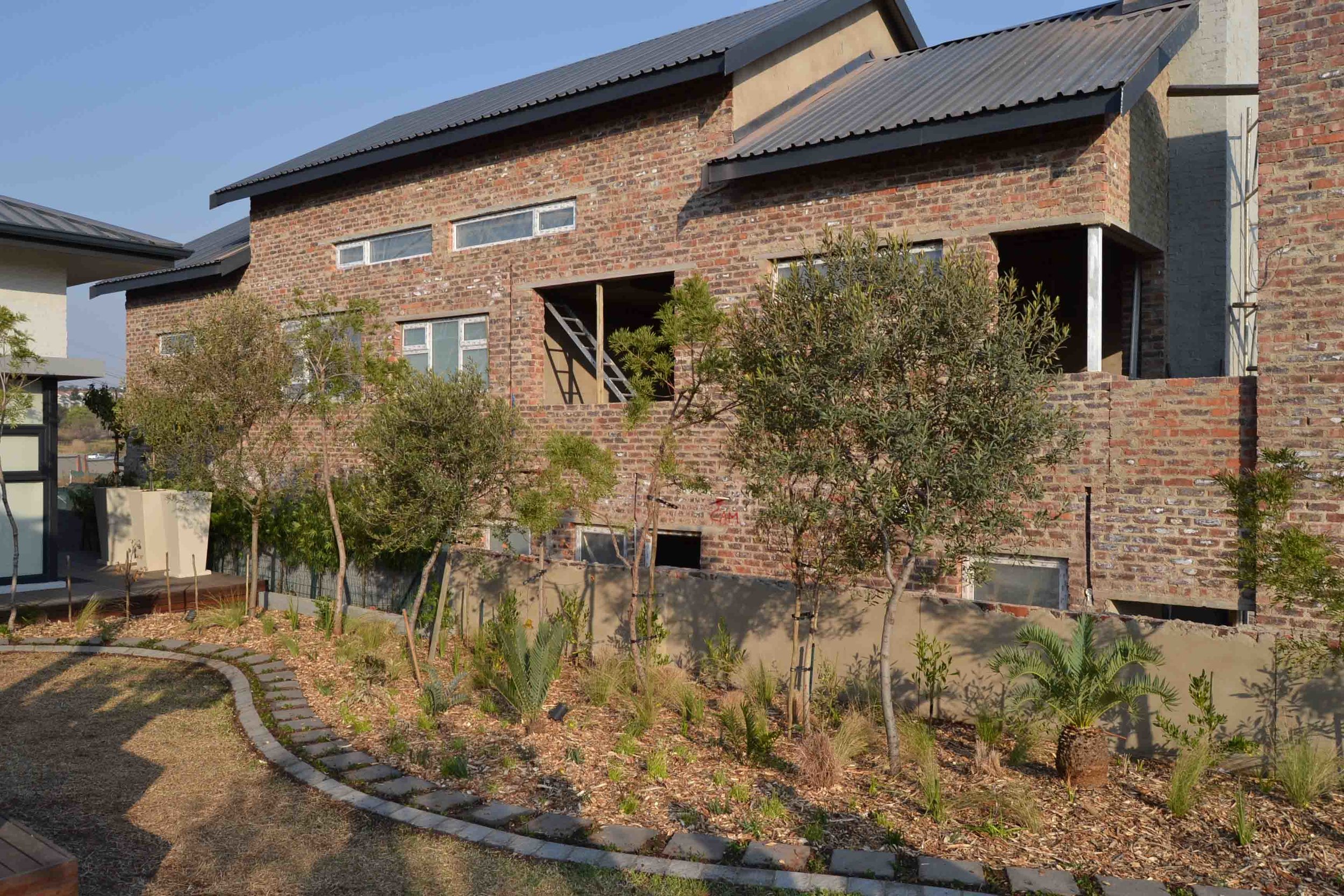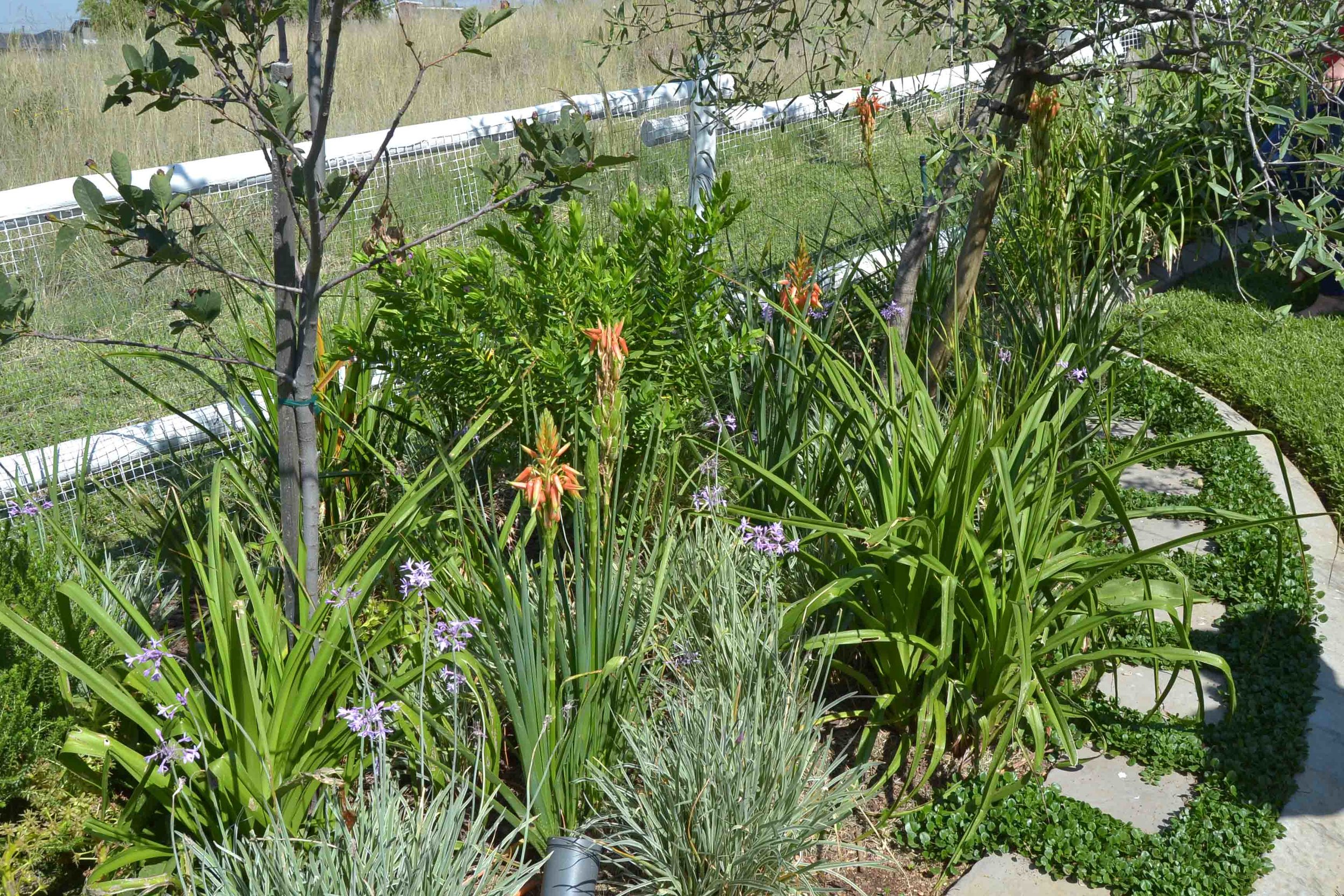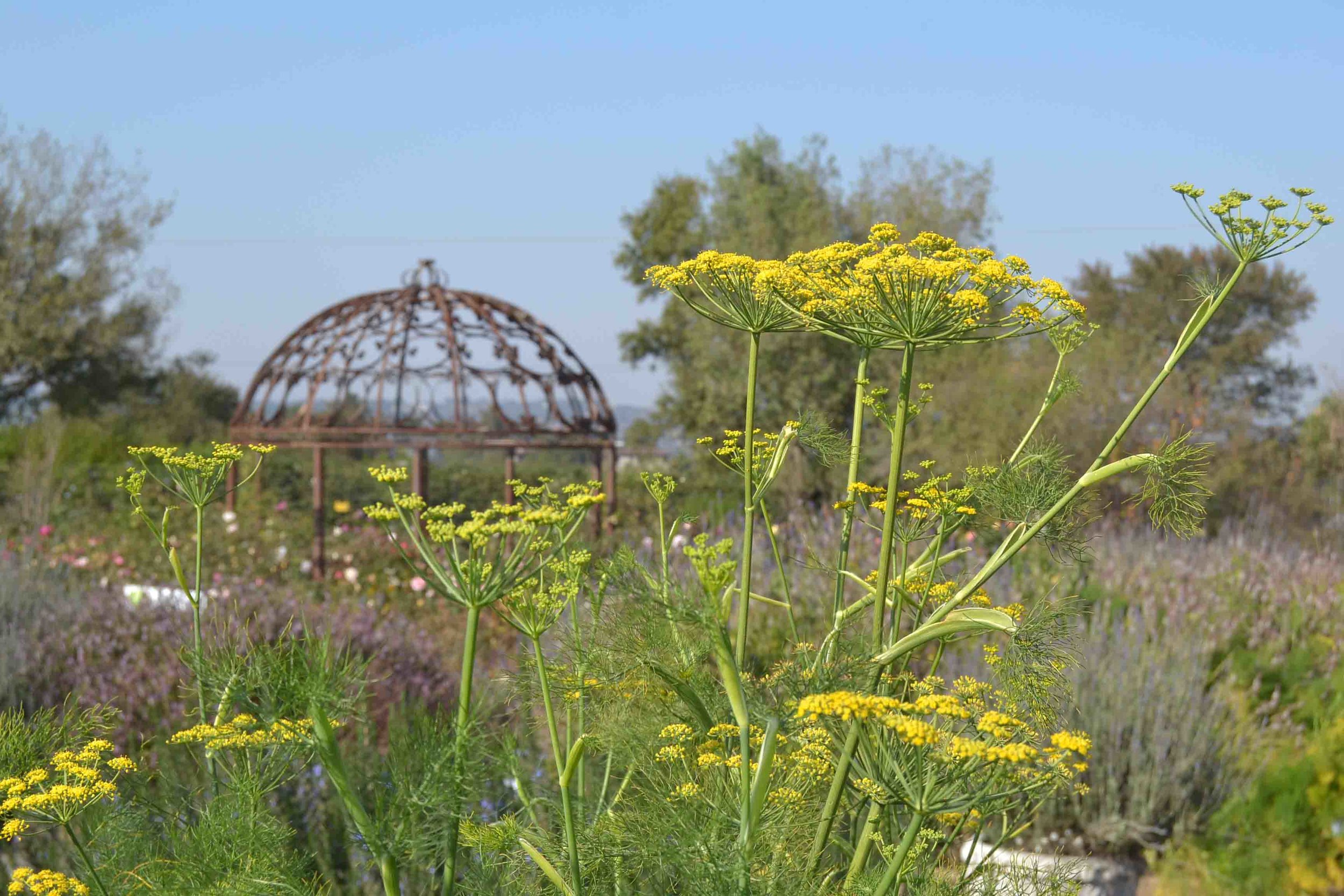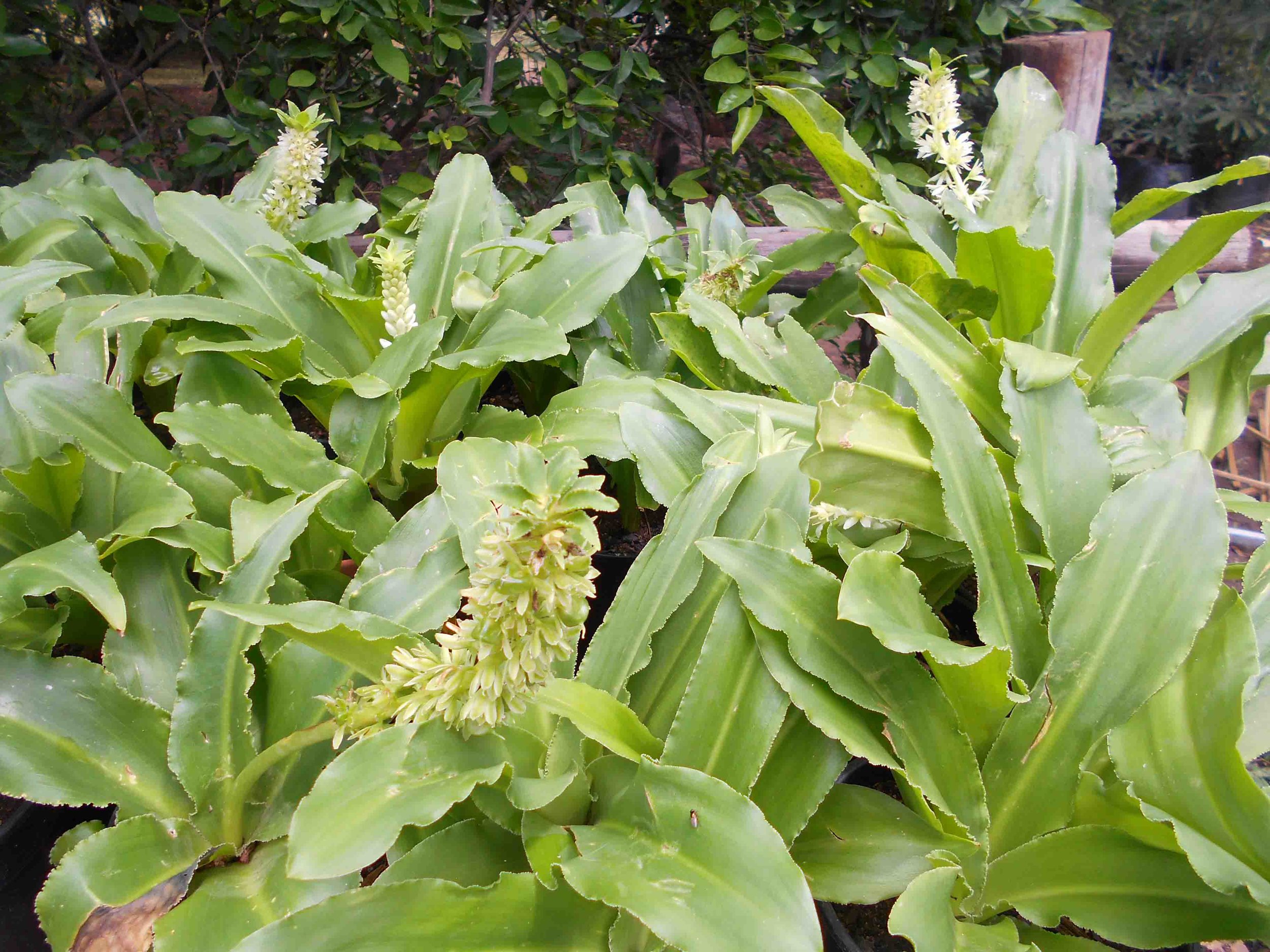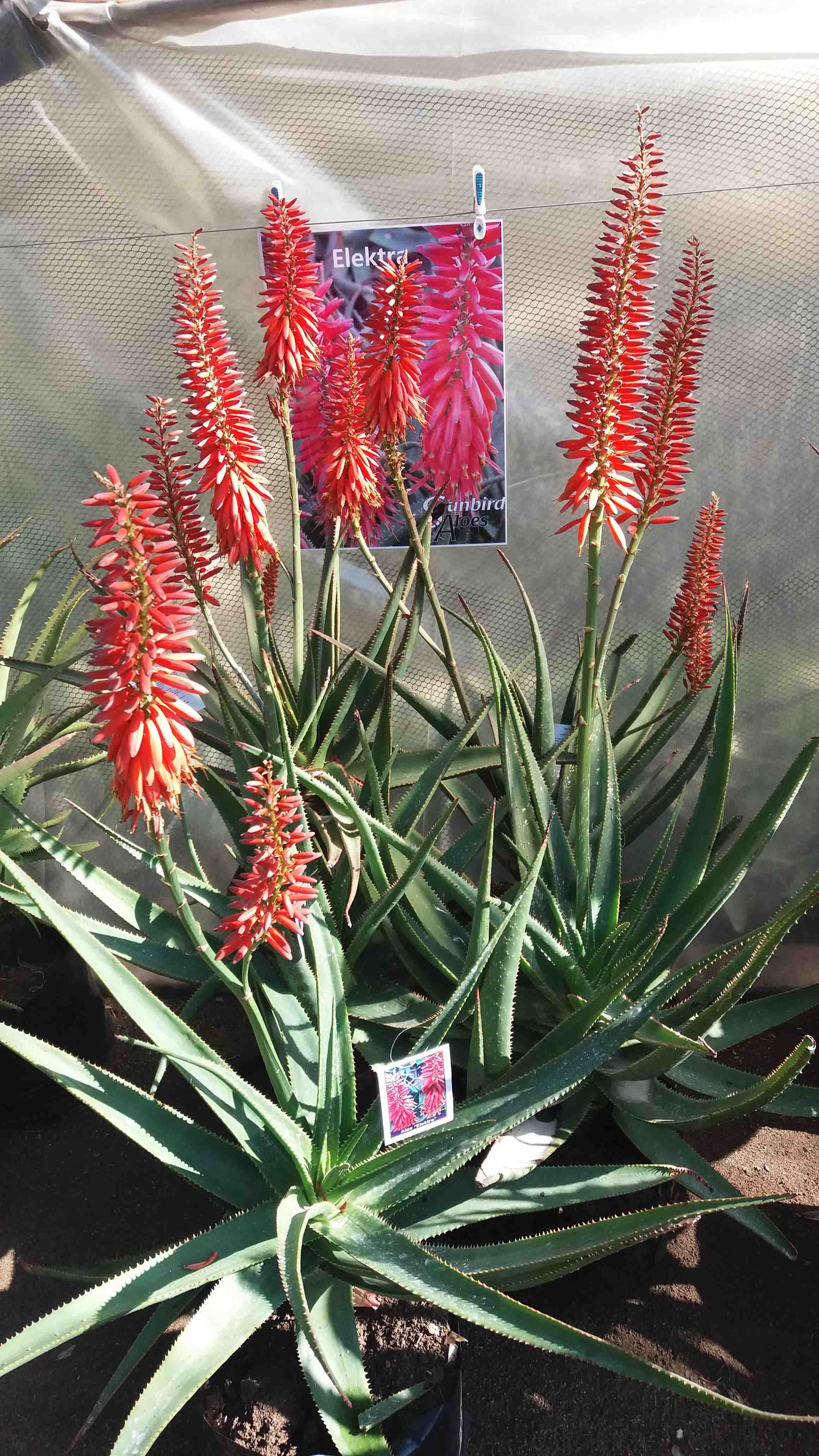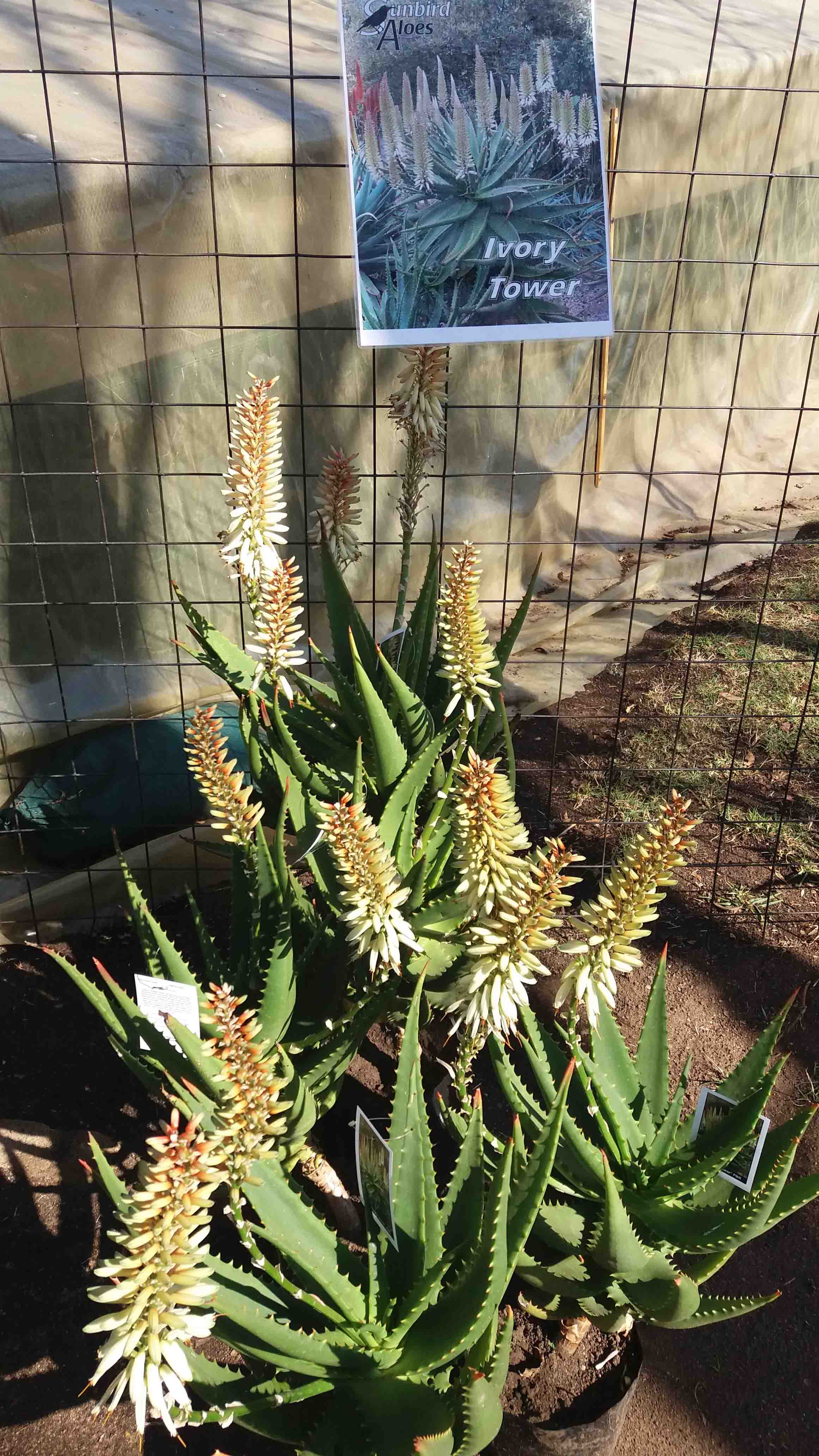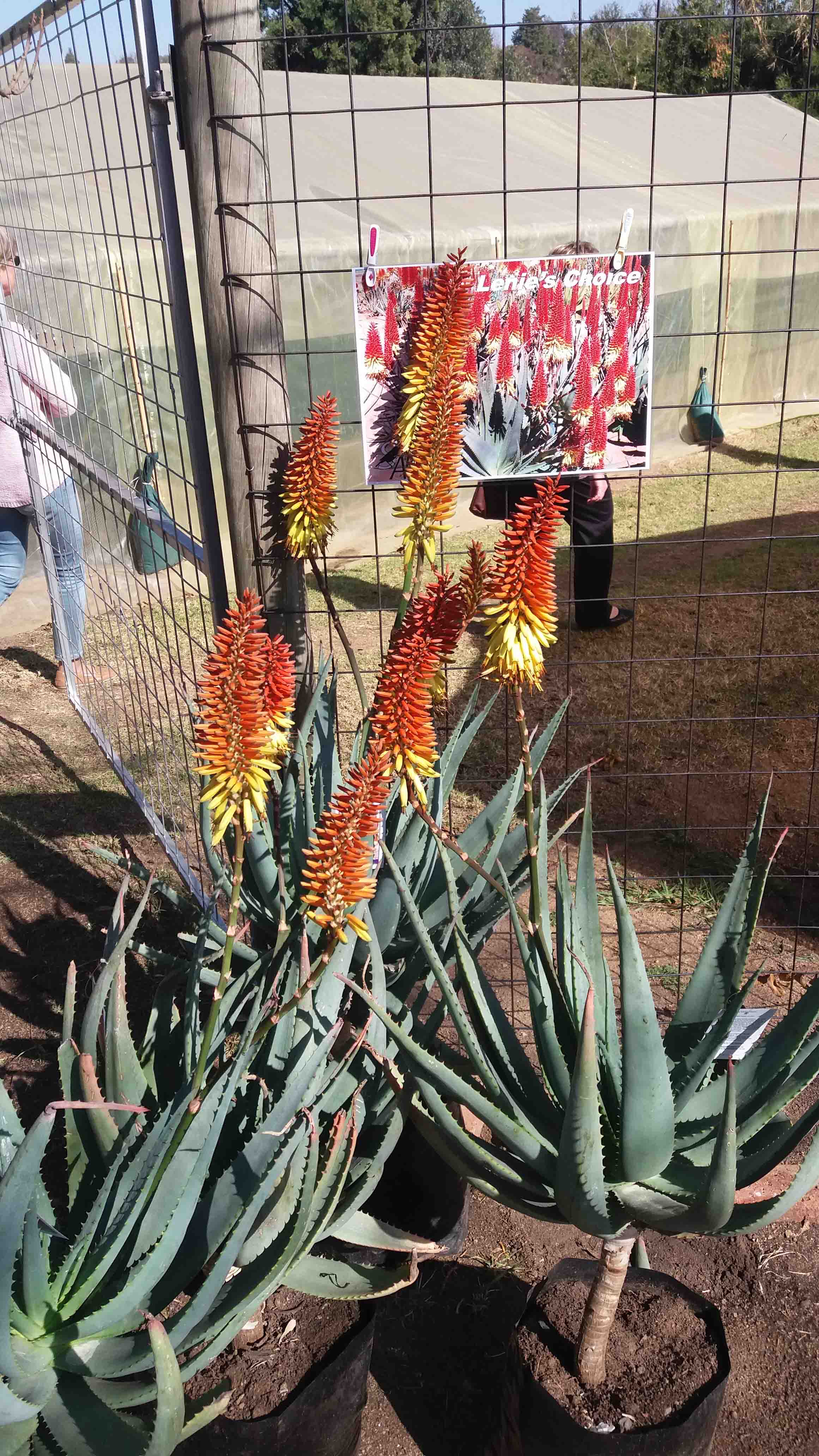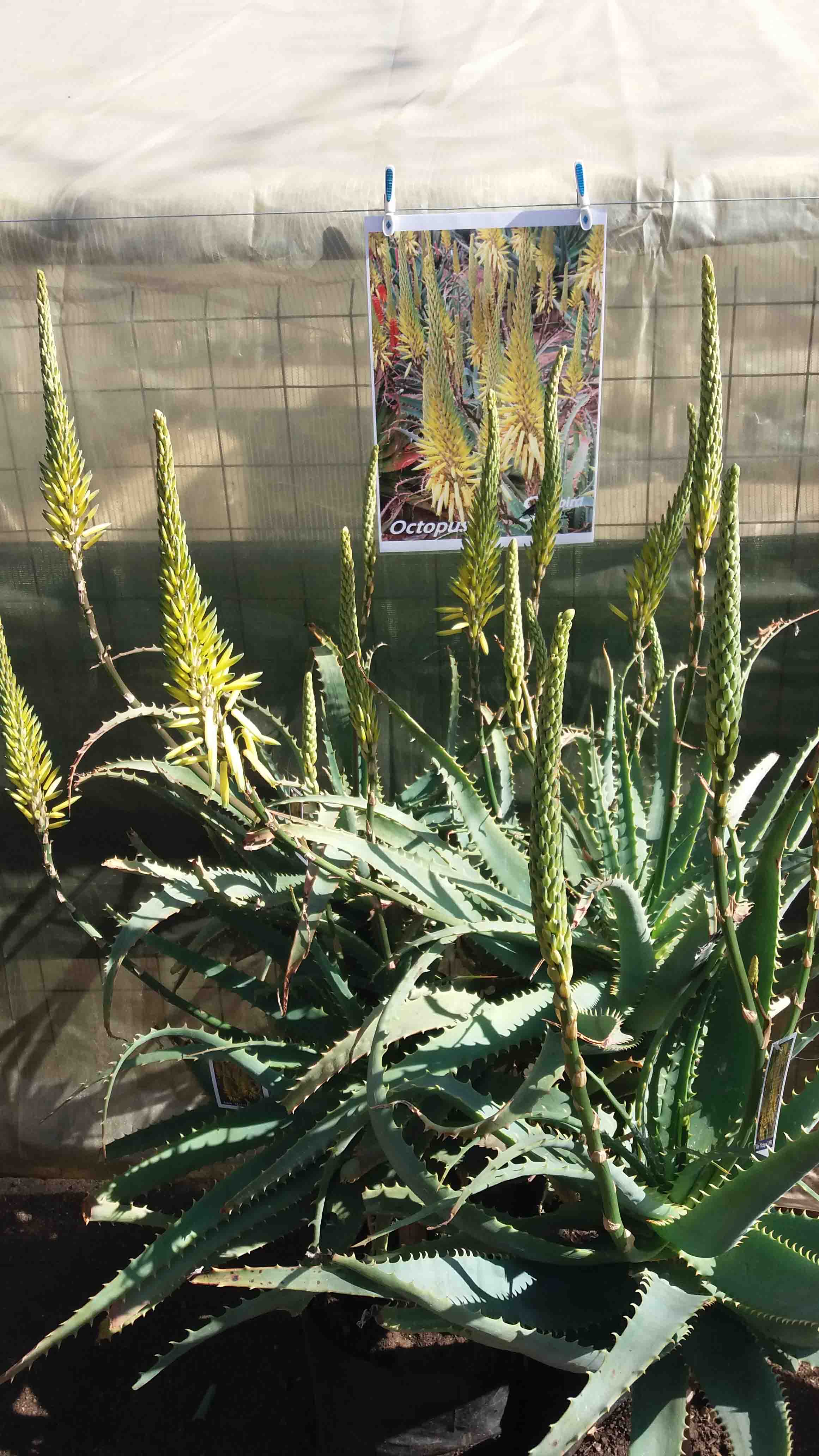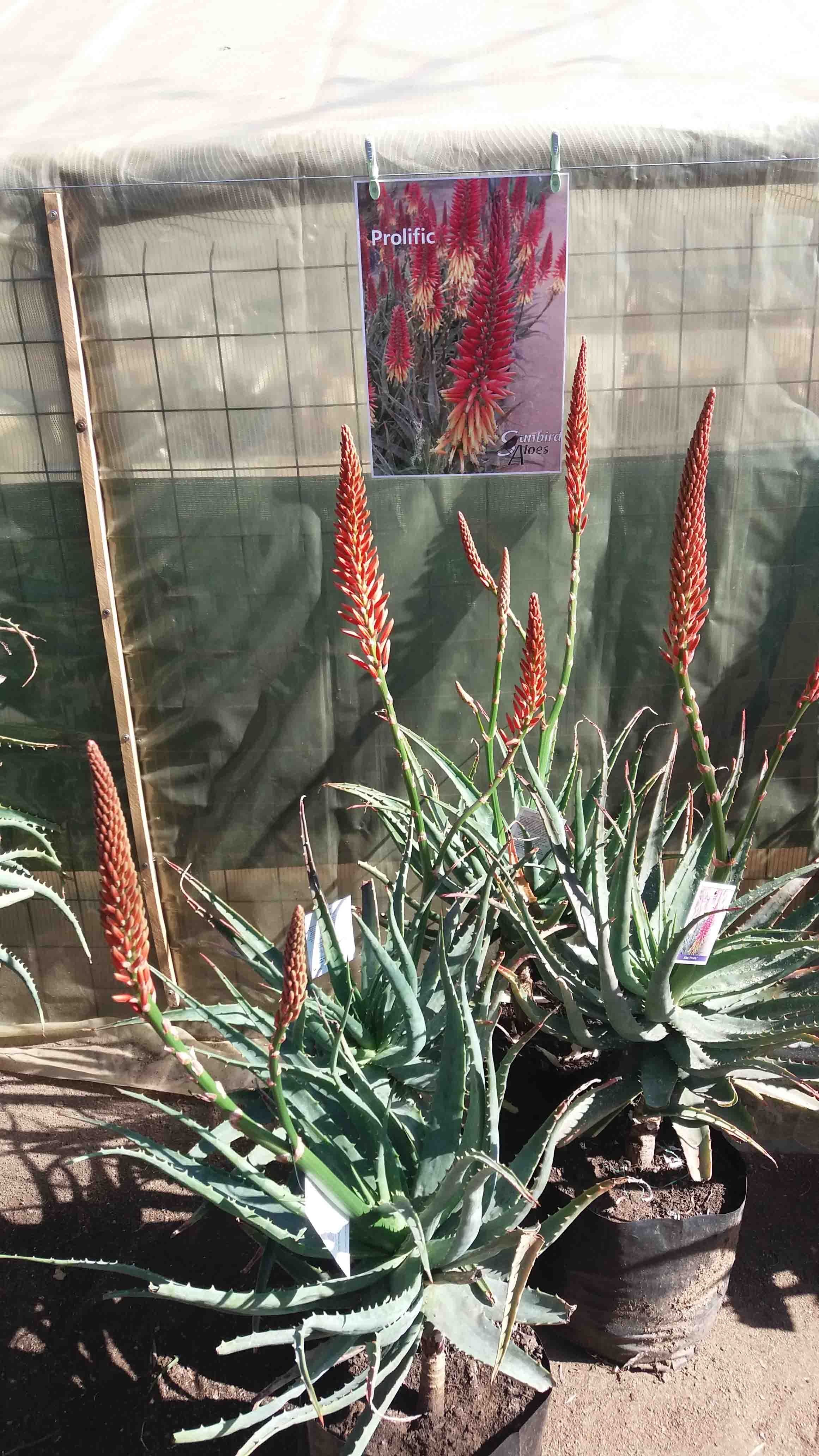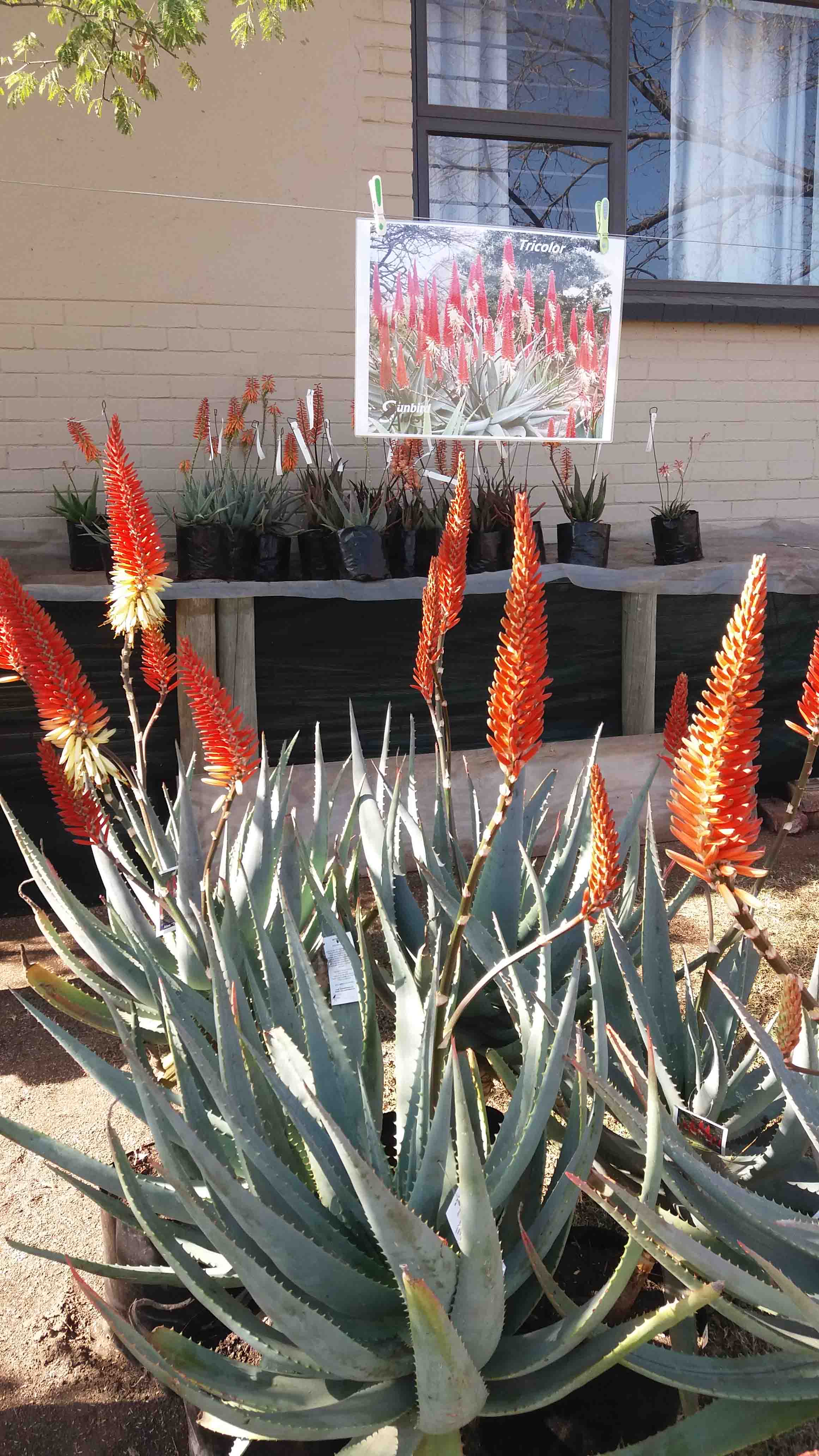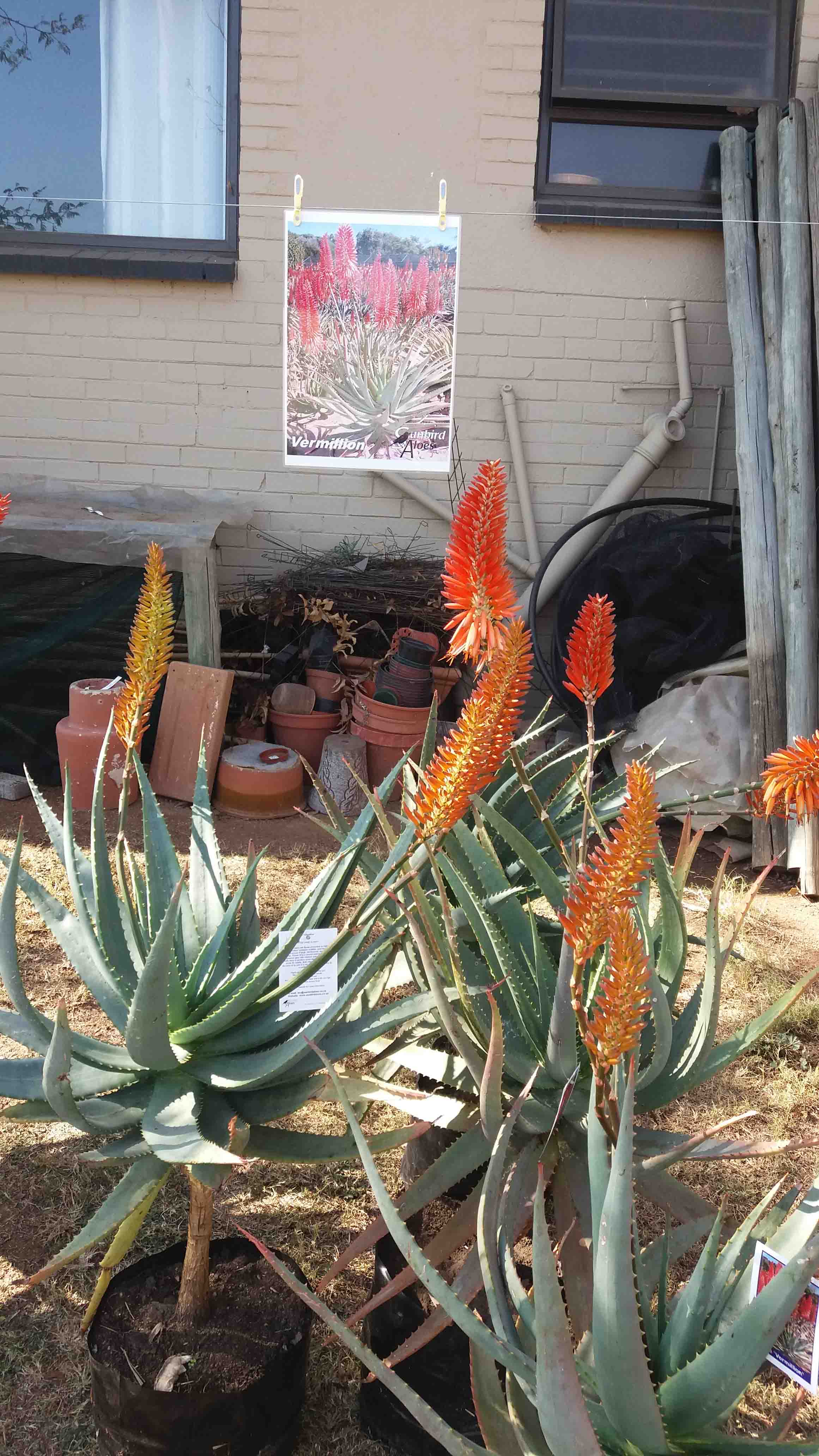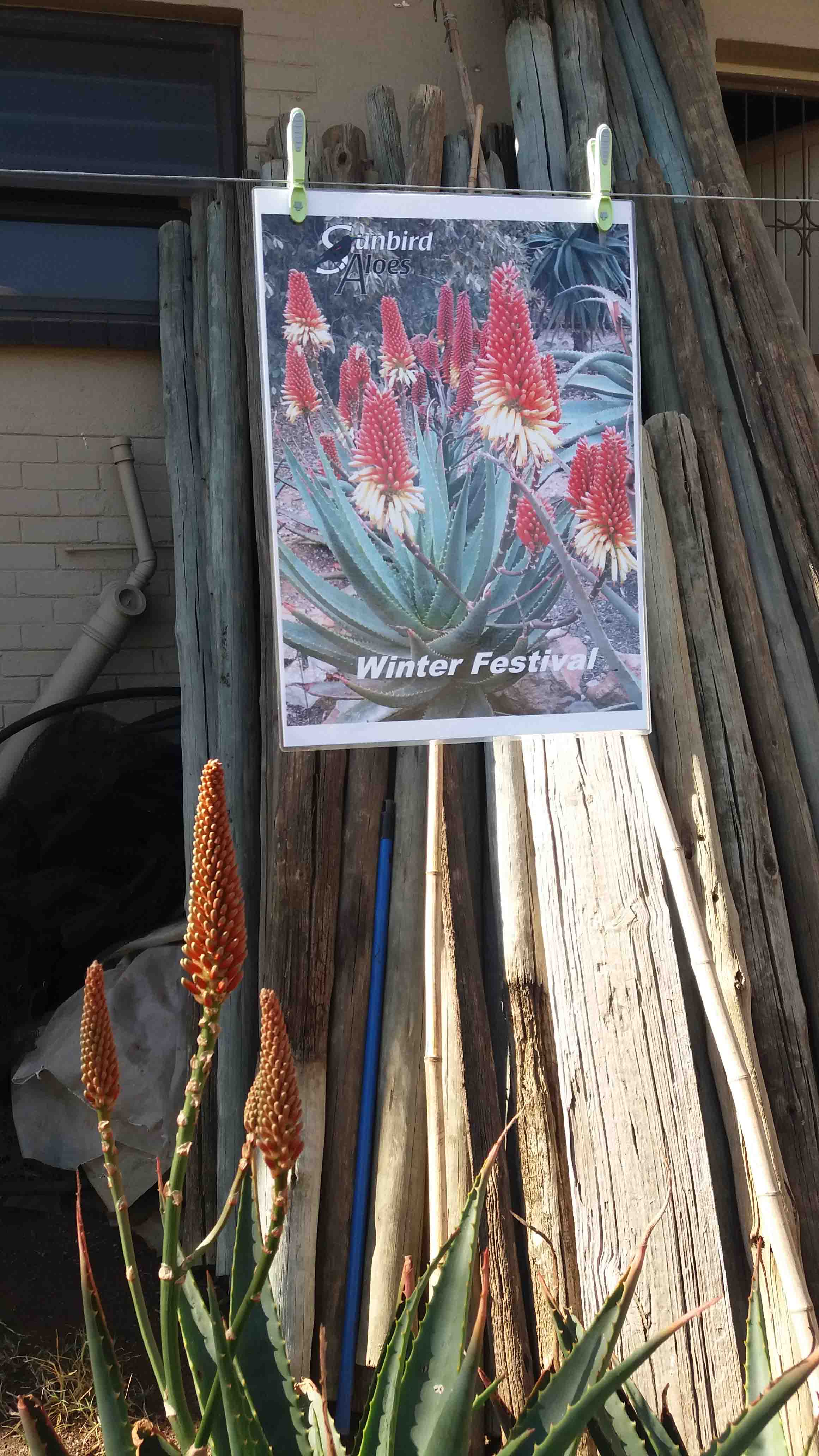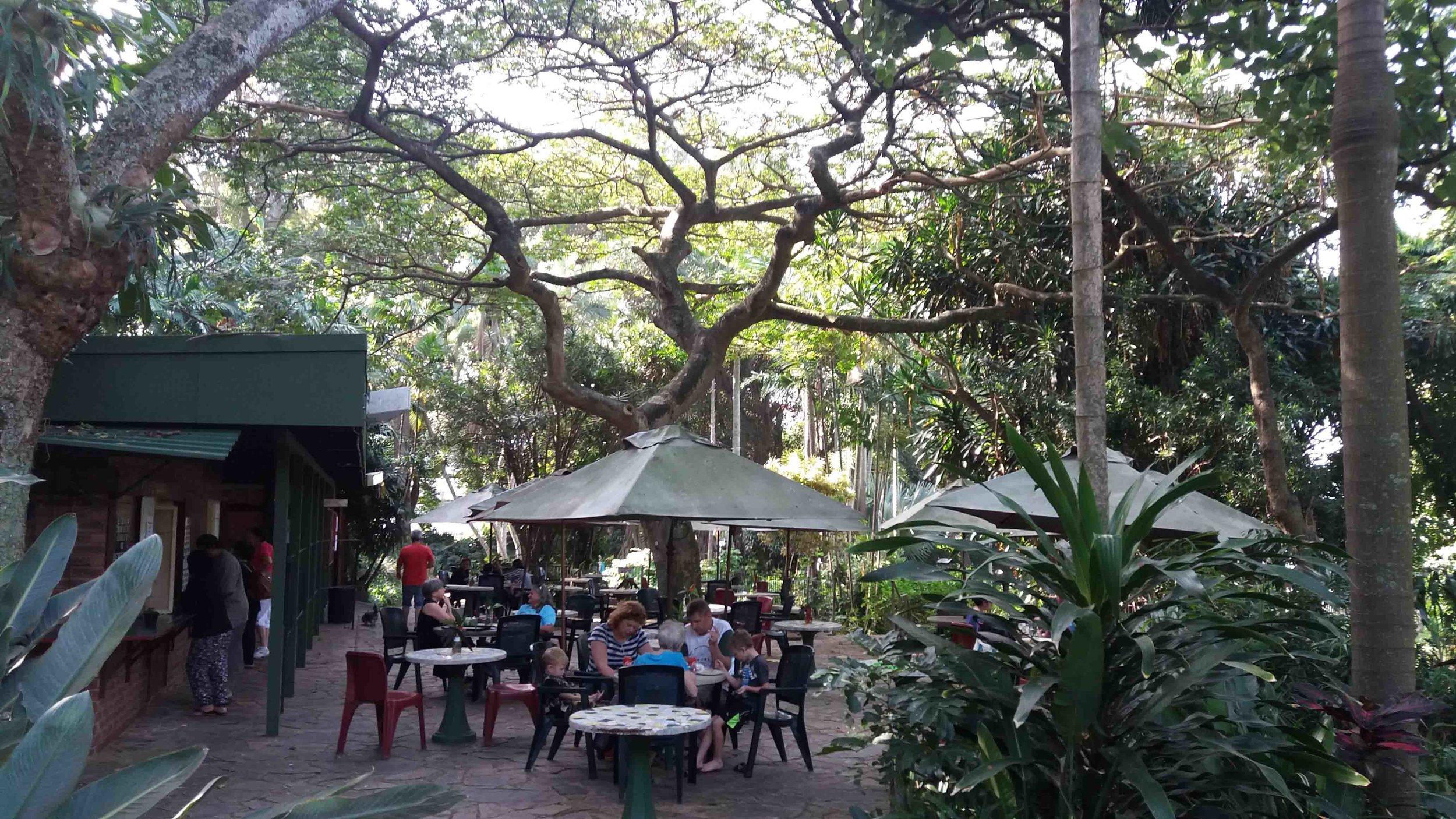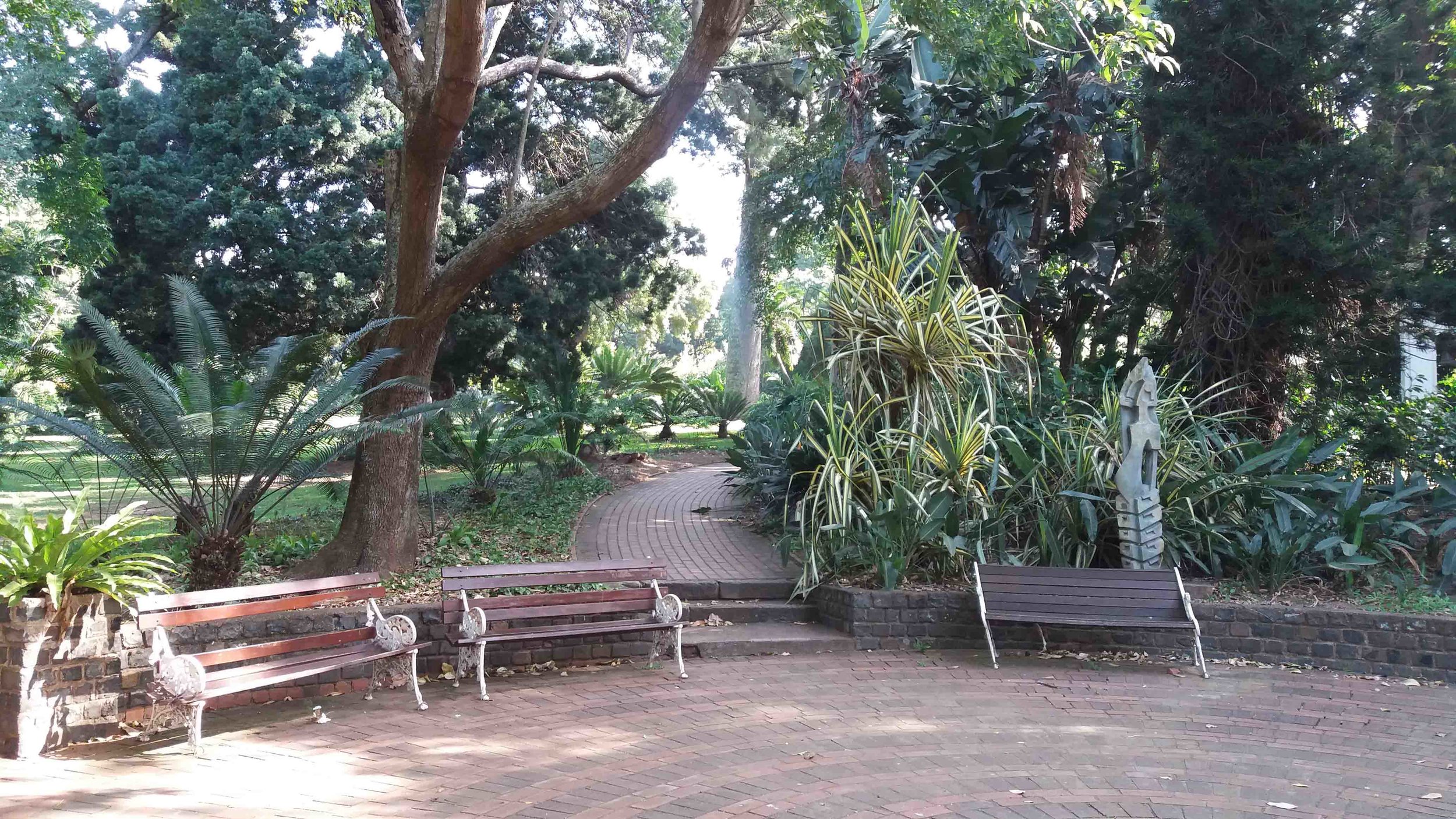Life is hectic, chaotic even. People live fast-paced, stressful lives balancing work, family, traffic, deadlines and commitments. You often just need a place to stop. And Breathe. An outdoor space provides the opportunity to listen to the birds chirping; feel dappled sunlight or a soft breeze on your face; and a place to experience that sense of peace that only nature can bring.
A landscape or garden is any outdoor space that can provide this solace. It can be the backyard at your office, the neighbourhood park, the hospital courtyard, or your garden at home. Humans crave a connection with nature and a well-designed garden can bring a feeling of balance and calm to the soul.
Spending time in a beautiful garden can be rewarding and delightful:
Improvements at work
- Increased employee satisfaction and productivity
- Positive health benefits
- Cooler micro-climate
- Increased property value
Making family memories at home
- Playing ball games on the lawn
- Letting them water with the hosepipe and the water fun that follows
- Treasure hunts and hide and seek
- Climbing trees and tree houses
Meeting with Nature
- Discovering earthworms as you dig in the soil to plant new plants
- Growing plants from seed and watching them grow
- Discovering insects and birds you’ve never seen before
A Sense of accomplishment
- Growing a vegetable garden and providing food for your table
- Picking flowers to put in a vase at the front door
- Contributing positively to the environment by planting indigenous plants
Planning is the first step to a beautiful outdoor space. Let’s start today. Contact Sprout to schedule a site visit. Everyone deserves a beautiful garden #loveYOURGARDEN

